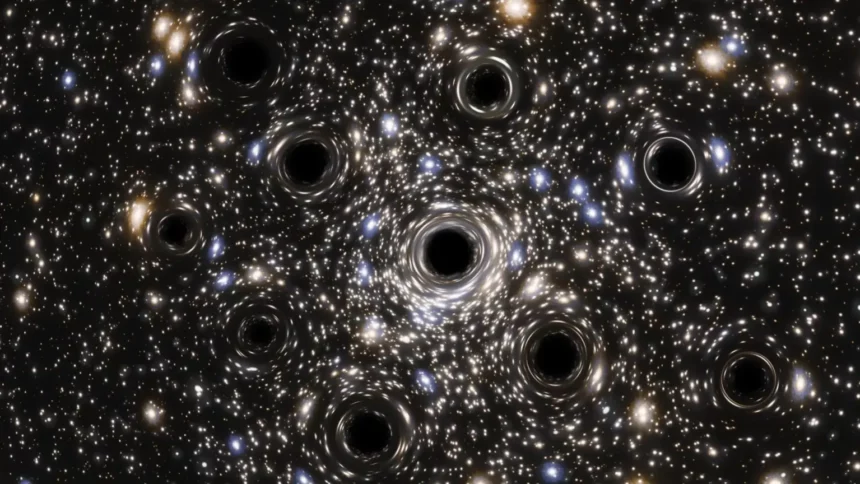Astronomers have long sought to uncover the mysterious population of black holes in the cosmos, but their efforts were hindered by incomplete information, mainly focused on stars and stellar populations. However, recent breakthroughs have provided new insights into the elusive world of black holes.
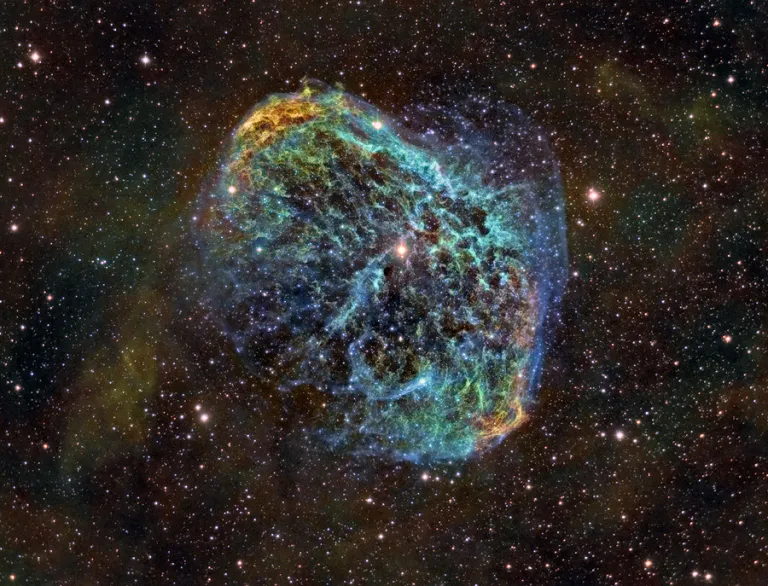
With the advent of gravitational wave astronomy in 2015, scientists have gained direct information about the number of black holes in the Universe, allowing for a more comprehensive estimate. Traditionally, black holes have been known to form when high-mass stars reach the end of their lives. These massive stars undergo core-collapse supernova events, leading to the formation of black holes.
Some of these cosmic explosions result in the creation of neutron stars, while the most massive give rise to remnant black holes. In addition to supernovae and neutron star mergers, it’s now understood that the black hole population is supplemented through neutron star mergers. The collision of neutron stars can produce a variety of phenomena, including gamma-ray burst jets, and under certain conditions, they can even lead to the formation of black holes.
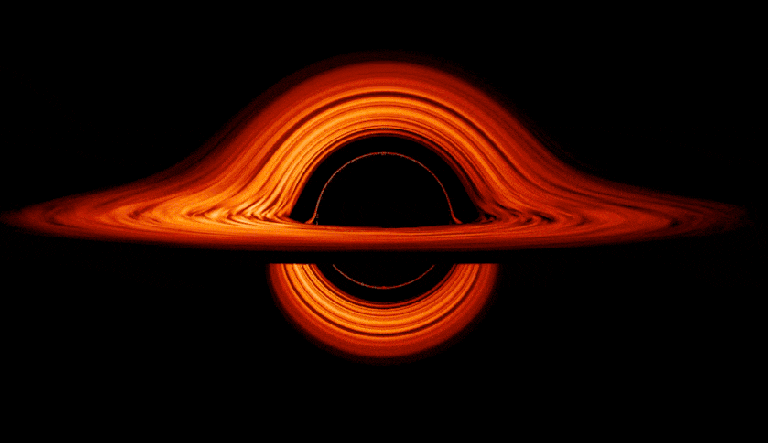
However, there are instances where stars directly collapse, leaving behind black holes. This phenomenon is known as direct collapse and provides another route for the creation of black holes in the Universe.
One of the key challenges in estimating the cosmic black hole population has been determining the “black hole fraction” relative to the total number of stars formed throughout cosmic history. The uncertainties surrounding the number and distribution of black holes in the Universe have persisted for many years.
The dawn of gravitational wave astronomy has been a game-changer in this regard. Instruments like LIGO and Virgo have made numerous detections of black holes through gravitational wave signals. This wealth of data has provided crucial insights into black hole populations and the merging events that led to their creation.
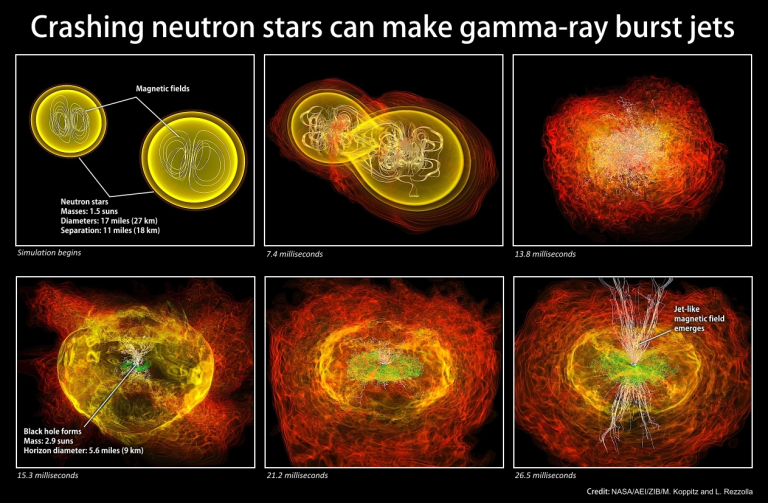
Advanced LIGO’s range for detecting black hole-black hole mergers significantly exceeds its range for neutron star-neutron star mergers, primarily due to the mass dependence of the signal amplitude. Although the number of low-mass black holes is more significant than high-mass ones, gravitational wave detectors are more sensitive to higher-mass systems over longer distances.
Nevertheless, significant uncertainties remain, especially concerning the lower end of the black hole mass spectrum, particularly those with 10 solar masses and below. Bringing together all this information, astrophysicists have successfully estimated the cosmic black hole mass function. This comprehensive analysis, which considers various cosmic epochs, has provided a groundbreaking revelation: there are an estimated 40 quintillion (4 × 10^19) black holes in the Universe.
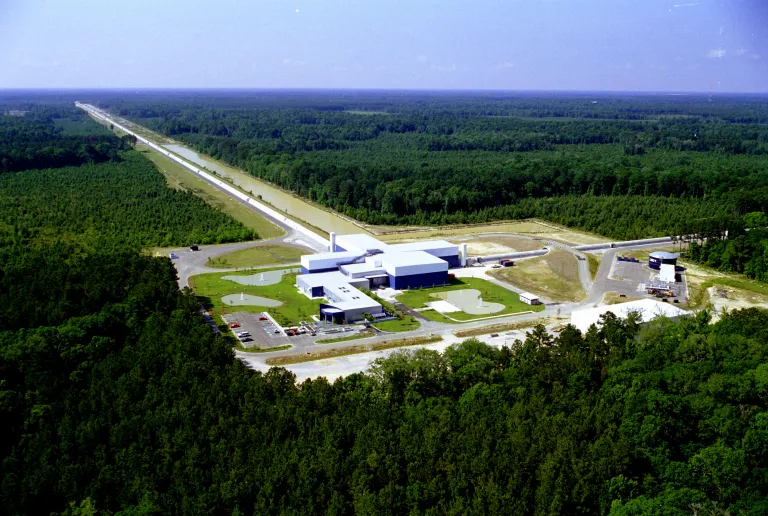
To put this astounding number into perspective, it suggests that 1-2% of all stars eventually evolve into black holes, which is a substantially higher percentage than previously assumed. The overall black hole mass density in the Universe is estimated to be approximately 10% of the stellar mass density.
If confirmed, this discovery implies that black holes constitute around 0.04% of the cosmic energy budget. These findings not only revolutionize our understanding of black holes but also shed light on their role in the grand cosmic scheme. The quest to unveil the mysteries of the Universe’s hidden population of black holes continues, opening new doors to exploring the fundamental nature of these enigmatic cosmic entities.


